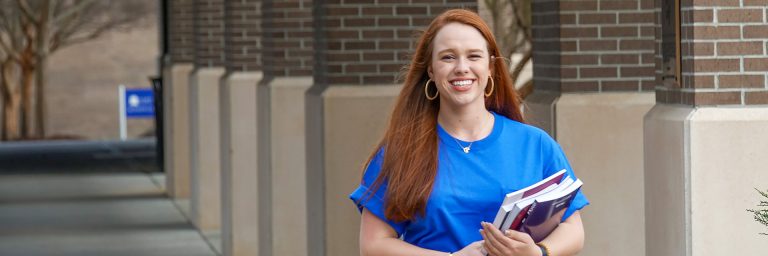Welcome back to Sampson Community College! We look forward to serving you once again!
Effective September 11, 2017, students applying for admission, transfer, or readmission to any N. C. community college or university must establish residency using a Residency Determination Service (RDS) application. This service will allow a student to use one residency determination (in-state or out-of-state) for admissions applications to multiple NC public colleges and universities and to demonstrate residency for financial aid consideration. Learn More
Let’s Get Started…
1. Complete the Admissions Application
Returning students must complete an Admissions Application, including a residency determination request, so that your records can be updated prior to registration. You are required to complete a Residency Determination to determine tuition status (in-state or out-of-state) prior to completing and submitting your Admissions Application. Documentation may be required during this process. Once you have completed the residency determination process, you will be provided a Residency Certification Number (RCN) that can be used to complete your Admissions Application.
In order to provide adequate time for the processing of application materials and any additional documents prior to the start of classes, priority dates are identified for each semester. For your convenience, SCC strongly encourages you to complete the admissions application and requirements by the priority date corresponding with the semester you wish to start:
- Fall Semester: June 1
- Spring Semester: Nov. 1
- Summer Semester: April 1
2. Apply for Financial Aid
Sampson Community College strongly encourages you to complete the Free Application for Federal Student Aid (FAFSA) as early as possible in order to qualify for all forms of federal and state aid you are eligible for. Although we encourage students to complete this application as early as possible, please understand that:
- All admissions requirements must be completed before financial aid can be awarded
- An official transcript showing high school graduation or High School Equivalency (HSE) completion is required for all students seeking financial aid
- Transcripts from other colleges or universities attended are required to verify prerequisite coursework and for transfer credit review
- Non-U.S. Schools: Official transcripts from non-U.S. schools must be translated and evaluated by a member agency with the National Association of Credential Evaluation Services (NACES). You may select any NACES agency to evaluate and/or translate your transcript(s). Sampson Community College prefers the use of SpanTran for the evaluation of non-U.S. transcripts. For high school transcripts, request a general evaluation showing equivalency to a U.S. high school. If you are seeking transfer credit from a non-U.S. institution, request a course-by-course evaluation of your college/university transcript.
Students must have a valid high school diploma or equivalent diploma to be eligible for financial aid. Students can be admitted to Sampson Community College with the below high school diplomas but cannot receive financial aid:
Adison High, Atlantic International Institute, Beach High School (Soquel, Calif.), Belford High School, Buffville High School, Columbia North High School with Capital Network, Continental Academy, Cornerstone Christian Correspondence School – Townsend GA, Enterprise Online High School, Excel High School, First Coast Academy, Jefferson Online High, John Adams Virtual, Justice Fellowship International College, Lincoln Academy, Marwin High School, Nations High School, Pacific High School, PennFord High School, Southeastern High Online Florida, West Madison Falls High School, Winford High School, Woodfield High School.
3. Register for Classes
Congratulations, you’re ready to register for classes! Sampson Community College uses an online system called Self-Service that can be used to view course descriptions, view availability of sections for a particular course, and ultimately register and pay for classes.
Let’s proceed with steps to register for courses, shall we?
